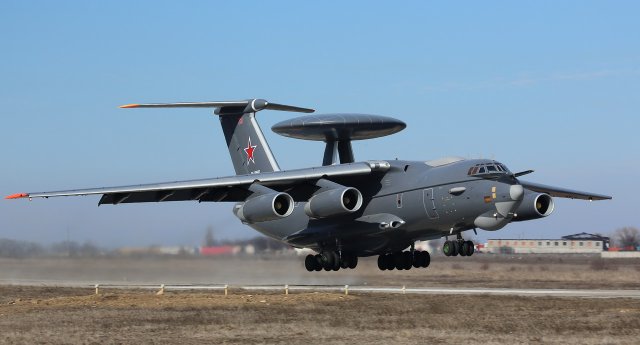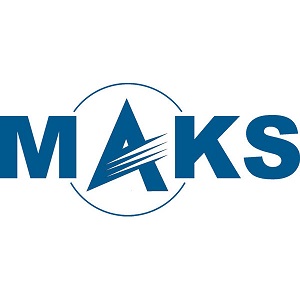| a | |||
|
|
|||
|
World Aviation Defense & Security News - Russia
|
|||
|
|
|||
|
Russia's A-100 Premier AEW&C aircraft to make maiden flight in March 2017
|
|||
|
Russian advanced airborne early warning and control (AEW&C) aircraft A-100 Premier will fly for the first time in March 2017, according to the Izvestia daily. Several dozen Russian defense contractors, including the United Aircraft Corporation (UAC), United Instrument Corporation (UIC), Tekhnodinamika and Almaz-Antei, are cooperating in the development of the latest AEW&C plane.
|
|||
|
|
|||
 Russia's future A-100 AEW&C aircraft is highly based on the A-50U Mainstay Russia's future A-100 AEW&C aircraft is highly based on the A-50U Mainstay(Credit: Beriev) |
|||
|
|
|||
|
According to the Russian Defense Ministry, for now, the Premier’s radar system tested on ground-based test benches will be flown by the Ilyushin Il-76MD (NATO reporting name: Candid) airlifter, designated as A-100LL (LL - Russian for ‘flying testbed’), rather than the organic carrier, the Il-76MD-90A, also known as Il-476.
The schedule has been set, and industry has agreed on it. The flying testbed’s first sortie is slated for March next year, a Russian Defense Ministry official close to the subject has told journalists. The efforts are aimed at testing and adjusting the Premier’s radar equipment on board the A-100LL and transferring it to the Il-476 then. If all goes to plan, the original A-100 will take off the ground in 2018. UIC, which subsidiary the Premier’s prime contractor, Vega Corp., is, has said that the work on the advanced plane is in full swing, but declined to specify the deadline, citing the complexity of the program handled by several dozen firms. The A-100 is a multifunction airborne intelligence, surveillance, reconnaissance (ISR), warning and control system. Essentially, it is an airborne headquarters using automated control systems to control friendly aircraft and air defense systems, designate targets for them and protect itself and nearby friendly planes by means of electronic countermeasures. The exact characteristics of the aircraft remain classified, but it is supposed to acquire enemy fighters at a range of more than 600 km and enemy ships at 400 km. The delivery date of the A-100, which development commenced as far back as the early 2000s, has slipped behind schedule several times to date. Initially, the maiden flight was to take place in 2015, then it slipped to 2016 and - once the Il-76MD-90A had been selected as the carrier - it was postponed in 2011 for 2017. The unique radar equipment, which flight tests will be carried out by the A-100LL, comprises a multiposition radar with two phased arrays as well as electronic intelligence and electronic warfare systems. The A-100 is a rather classified program, but presumably, its radar relies on a unique technology, with the antenna array comprising small solid-state microwave elements and each element being dual-hatted as transmitter and receiver, expert Alexei Leonkov says. The solution both extends aerial and surface target acquisition range and boosts positioning accuracy by several times. Simply put, present-generation Russian and US AEW&C planes gauge a target’s coordinates using only the X and Y axes and calculating the target’s flight altitude - the Z axis - mathematically. The A-100 will measure the target’s coordinates by means of the three axes at once and, therefore, interceptors and air defense systems will not have to gauge the target’s coordinates in a more accurate manner - just launch their missiles. |
|||
|
|
|||
|
© Copyright 2015 TASS. All rights reserved. This material may not be published, broadcast, rewritten or redistributed.
|
|||
,






















